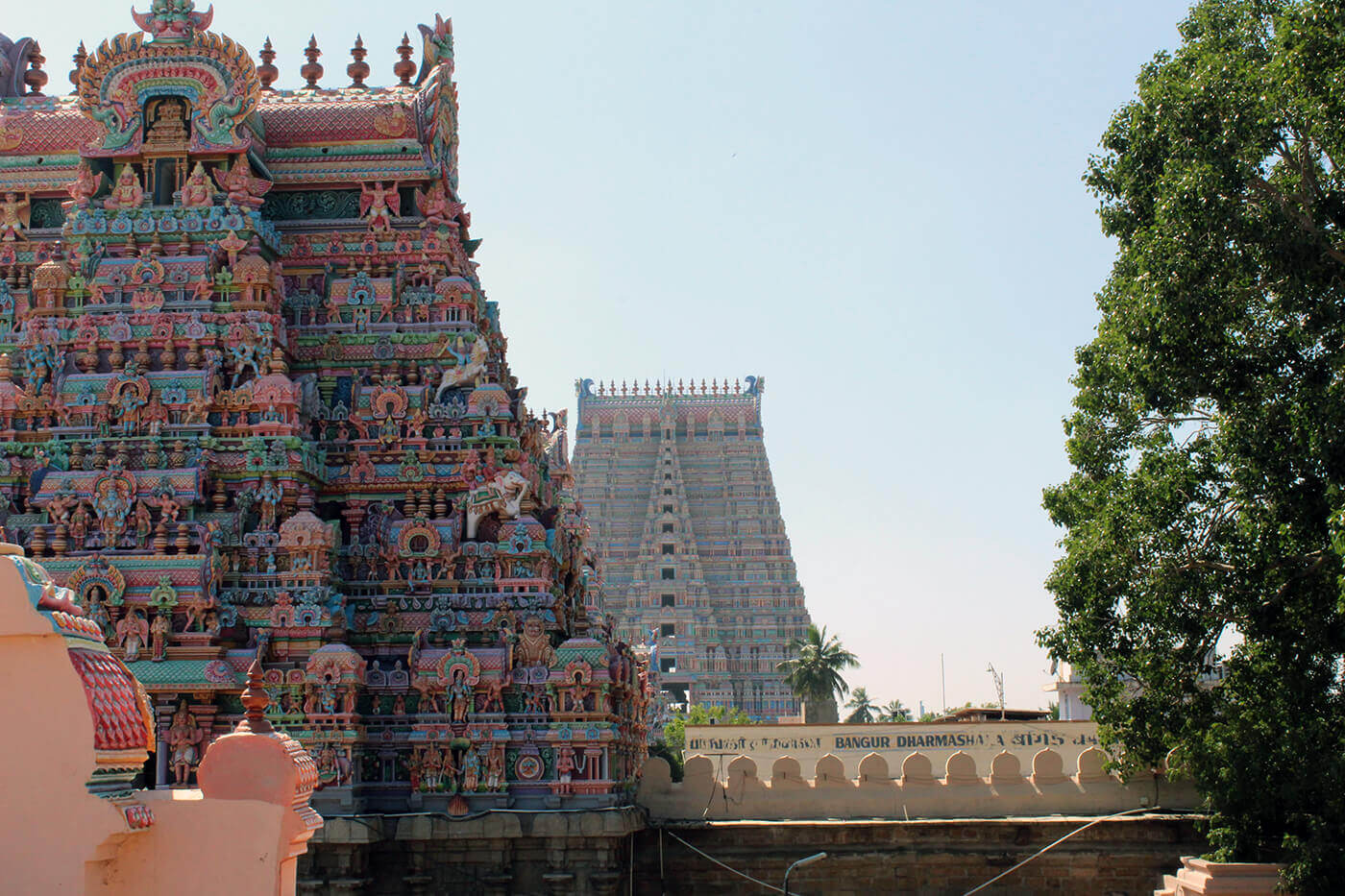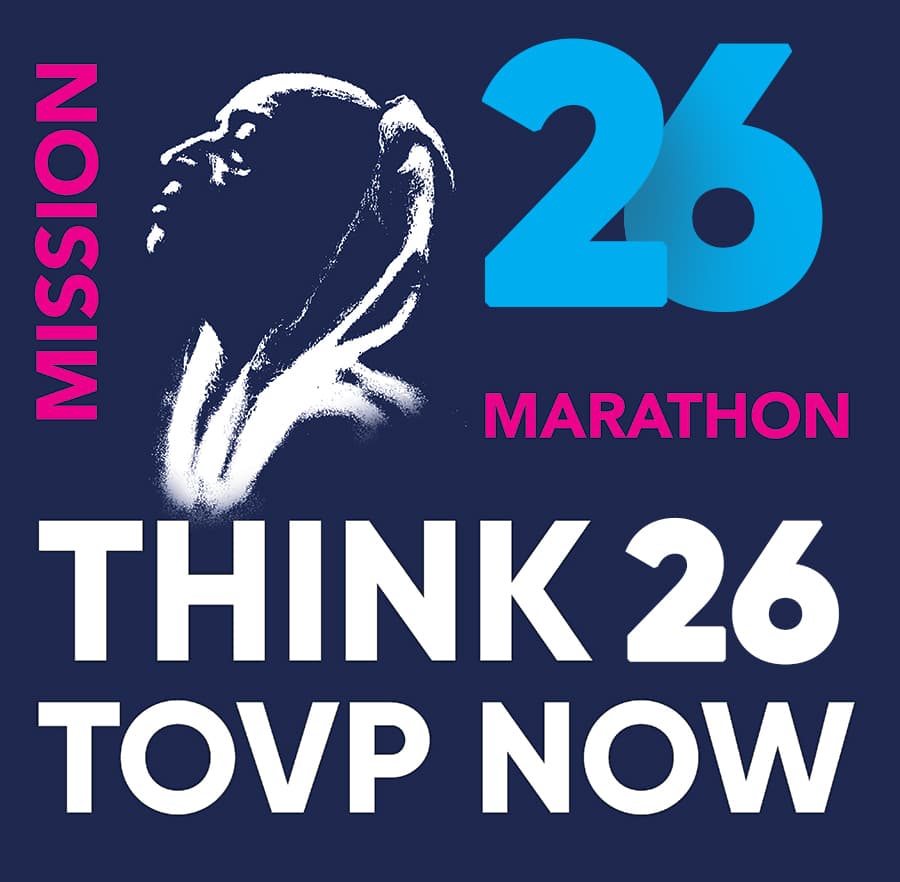This article was originally published in Atlantis Rising magazine in 2003 in my column, Notes from the Forbidden Archeologist.
In February of 2002, I was on a lecture tour of South India. At universities and other educational and cultural institutions in several cities, I was giving talks about the archeological evidence for extreme human antiquity documented in my book Forbidden Archeology. This evidence is consistent with accounts of a very ancient human presence on earth, found in the Vedas, the ancient Sanskrit writings of India. The talks were therefore popular with many Indian scholars and the general public.
In Chennai (as the city of Madras, the capital of the state of Tamil Nadu, is now called), I had a couple of days off. On one of these free days, the tour organizers arranged for me to go to the ancient hilltop temple of Tirupati, visited by more people each year than any other temple in India. On another free day, I went to Kanchipuram, another important pilgrimage town in the state of Tamil Nadu. There I visited several ancient temples, such as the Varadaraja temple.
While in Kanchipuram, I met an Indian archeologist who was curious about my work. I told him that I was not only interested in the extreme antiquity of the human race but also in the history of the Vedic culture in India. With that in mind, I showed him the following passage from the commentary of His Divine Grace A. C. Bhaktivedanta Swami Prabhupada on the Chaitanya Charitamrita, a sixteenth century biography of the avatar Chaitanya Mahaprabhu: “It is said that in the year 289 of the Age of Kali, the Alvar of the name Tondaradippadi was born. . . . He . . . prepared the third boundary wall of the Ranganatha temple.” That bit of information has some bearing on the question of the antiquity of Vedic culture in India. To show how this is true requires a little background about the Ranganatha temple and the Vedic time system.
The Ranganatha temple, also in the state of Tamil Nadu, is the largest temple complex in India. It is situated on a large island in the middle of the Kaveri River. The central temple building is surrounded by seven extensive boundary walls. According to some, the seven boundary walls represent the seven material coverings of the eternal self (the atma). And the path a pilgrim takes through the gates of the seven walls therefore represents a progressive process of spiritual realization.
According to the Vedic cosmological calendar, time proceeds in cycles of ages called yugas. There are four yugas in each cycle: a Satya Yuga, a Dvapara Yuga, a Treta Yuga, and a Kali Yuga. A cycle of four yugas lasts 4,320,000 years. A thousand such yuga cycles comprise a day of Brahma. According to the traditional calendar, we are now in the Kali Yuga of the current yuga cycle. The Kali Yuga began 5,105 years ago, in the year 3,102 BC according to our Western calendar. So, year 289 of the Kali Yuga corresponds to the Western year 2,813 BC. This means that the South India alvar (or saint) Tondaradippadi was born 4,816 years ago. If he built the third boundary wall of the Ranganatha temple during his lifetime, that means that this Vedic temple had been standing even before that. In other words, the Ranganatha temple has existed for at least five thousand years.
This contradicts the standard Western account of the antiquity of Vedic culture in India. According to the standard Western account, the Vedic culture goes back no further than 3,500 years in India. So, if it can be shown that the third boundary wall at Ranganatha really does date back to between 4,700 and 4,800 years ago that would give support to the great antiquity of Vedic culture in India, attested to in the Vedic literature.
The attribution of relatively recent dates to various non-Western civilizations is quite common. For example, according to standard Western accounts, the origin of the Mesopotamian civilizations goes back about six or seven thousand years. But there are Babylonian king lists that go back 432,000 years. Similarly, the traditional histories of Egypt and China go back much further in time than the standard Western histories now tell us, and the calendars of the Mayan civilization cover vast spans of time, millions of years.
The age of the Ranganatha temple could go back much further than five thousand years. The main deity worshiped in the Ranganatha temple is a reclining form of Vishnu. According to the traditional histories this deity was originally worshiped on the planet of the demigod Brahma, called Brahmaloka. It was transferred to our earth during the reign of the Vedic king Ikshvaku, who ruled from the city of Ayodhya tens of millions of years ago. During the time of the avatar Rama, the deity was taken by vimana (flying machine) for the purpose of transporting it to the island kingdom of Lanka in the south. But along the way, the vimana landed in South India. According to the conditions of transport, if the deity touched the ground before its final destination, it would remain there and would go no further. So the deity remained in the place where it landed, and a local king built a temple to accommodate the deity.
How long ago was that temple built? The construction of the temple occurred during the time of the avatar Rama, who lived toward the beginning of the Treta Yuga. The Treta Yuga of the current yuga cycle began about 2,155,000 years ago and ended about 840,000 years ago. That would mean the temple was constructed about 2 million years ago. However, there are some authorities who say that Rama appeared in the Treta Yuga of the fourth yuga cycle before the present one. If that is true, then the temple may have been constructed almost 20 million years ago.
That original temple, according to traditional sources, was later lost and covered by sand and jungle. In more recent times, over five thousand years ago, a local king uncovered the deity and began the construction of the current temple. On the roof of the central temple building, just above the place where the deity rests inside, there is a gold covered cupola. This cupola is called in Sanskrit vimana, perhaps a reference to the aircraft (vimana) by which the deity (with its interplanetary history) was transported to its present location. And the third boundary wall around the central temple building housing the deity was constructed by Tondaradippadi, who was born in 2,813 BC.
So, my immediate purpose is to show that the Ranganatha temple is at least five thousand years old, and that the third boundary wall is slightly younger than that. To that end I visited the Ranganatha temple complex with my Indian archeologist friend in February of this year. A European archeology graduate student who is also interested in the antiquity of the Ranganatha temple also accompanied us. Our goal was to see if there were any places along the third boundary wall that might be suitable for excavation. Our concern was that all the spaces in this inner part of the sacred temple complex might be either covered with construction or too much trafficked by the millions of pilgrims who visit the temple complex each year.
We entered through the main gate in the seventh, or outer wall, of the temple complex, and then we proceeded through the gates to the sixth, fifth, and fourth walls. Coming to the third wall, we noticed that there were some places that were out of the way of the pilgrims and were not covered by stone paving. We especially noted that on the west side of the third boundary wall was a garden area blocked off to the public. We concluded that it would be possible to do excavations in that area. Having determined this, we went to the temple offices, and began the process of getting the proper permissions from the trust that administers the temple complex. My archeologist friend will also seek needed permission from the Archeological Survey of India. One reason I am hopeful that the permissions will be granted is that the official archeological guide book to the Ranganatha temple, published by the temple trust itself, recommends that further excavations be made to determine the true age of the temple. If all goes well, I shall return to the Ranganatha temple this coming December to begin the excavation work. The idea will be to see if the present temple is built upon older foundations. Excavations might also reveal Vedic artifacts connected in strata five thousand years and older. It may also be possible that part of the current structure is quite old. If such parts can be identified, there are also possibilities for dating them. For example, the mortar between the stones could contain organic materials that could be dated by the radiocarbon method.
For me, the traditional literary sources provide sufficient proof of the great antiquity of the Ranganatha temple. But for those who do not give much credence to this source of historical information, new archeological evidence might help them come to a better understanding of the temple’s true age.
Postscript:
Regarding the Shri Rangam temple excavation, the Indian archeologist got the approval of the Shri Rangam temple trust, but the Archeological Survey of India, the government agency in charge of all archeological work in India, did not approve the project.
Michael A. Cremo is author, with Richard Thompson, of the underground classic Forbidden Archeology: The Hidden History of the Human Race.
You can purchase The Hidden History of the Human Race and other books by Michael A. Cremo HERE.
Go to Vedic Science Essays page to read more articles.


